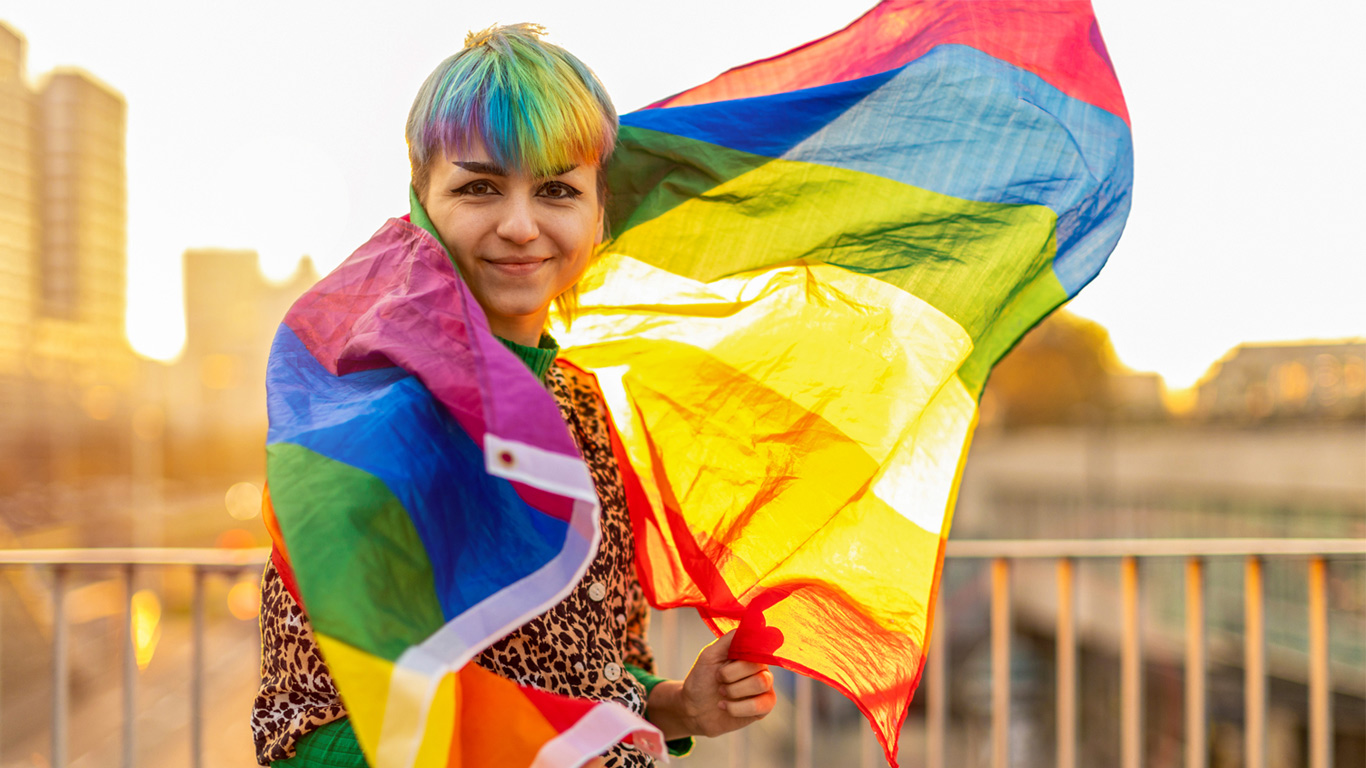

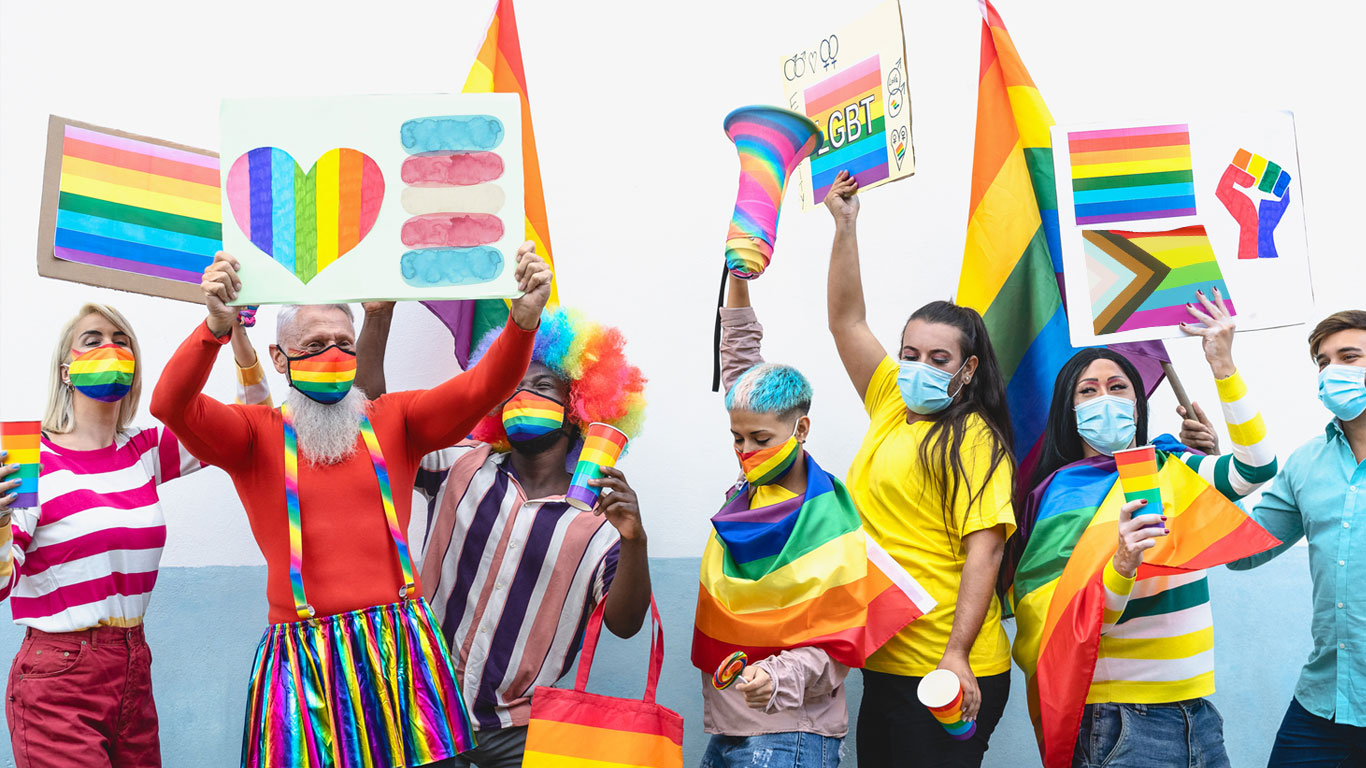
Pride Season refers to the wide range of events that take place across Canada over the summer (June to September) to celebrate LGBTQ2+ people (that is, people who are lesbian, gay, bisexual, transgender, queer, Two-Spirit, or who use other terms related to sexual or gender diversity) and honour the contributions that they have made and continue to make.
Historically, Pride gatherings emerged from the first large-scale protests for LGBTQ2+ rights. In Canada, the first demonstrations took place in Ottawa and Vancouver in 1971. By 1973, Pride events were held in several major Canadian cities. Toronto's Pride weekend in June is now among the largest Pride events in North America.
Canada is home to approximately 1 million people who are lesbian, gay, bisexual, or of another sexual orientation than heterosexual, accounting for 4% of the total population aged 15 and older. In addition, according to data from the 2021 Census, Canada is home to about 100,000 people aged 15 and older living in a private household who are transgender (59,460) or non-binary (41,355).
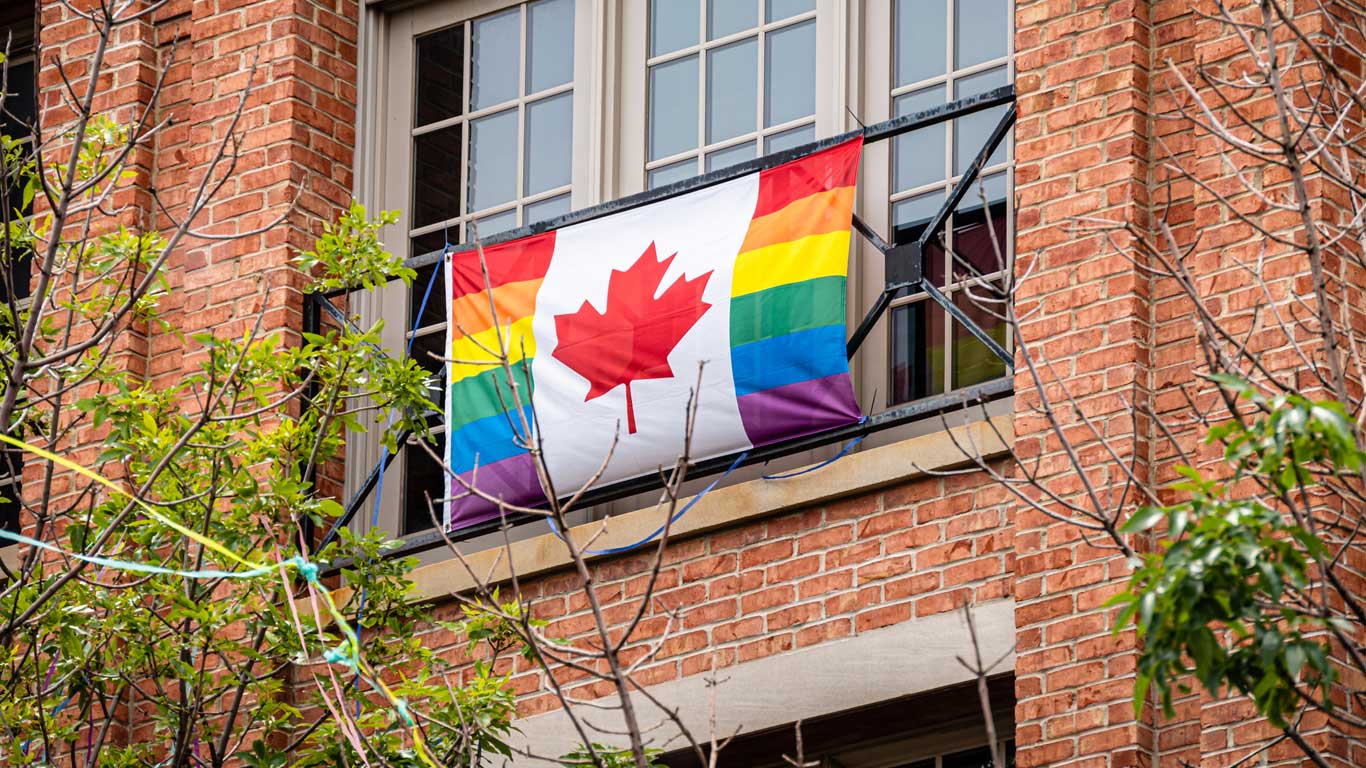
Lesbian, gay and bisexual people in Canada are more likely than their heterosexual counterparts to live in urban population centres than in rural communities.
Over the 2015 to 2018 period, gay and lesbian people were the most likely to live in large urban population centres (74.4%)—driven by a larger proportion of gay men (79.1%) than lesbian or gay women (66.5%)—followed by bisexual (68.7%) and heterosexual people (61.1%).
Almost half (46.5%) of the gay and lesbian population lived in the three largest census metropolitan areas (CMAs) in Canada (i.e., Toronto, Montréal, Vancouver), compared with 37.9% of the bisexual population and 35.4% of the heterosexual population. The differences between sexual orientation groups were driven primarily by gay (52.3%) and bisexual (42.2%) men, as a similar proportion of women who are gay or lesbian (36.7%) or bisexual (35.8%) lived in Toronto, Montréal or Vancouver. In comparison, 35.1% of heterosexual men and 35.7% of heterosexual women lived in these three cities.
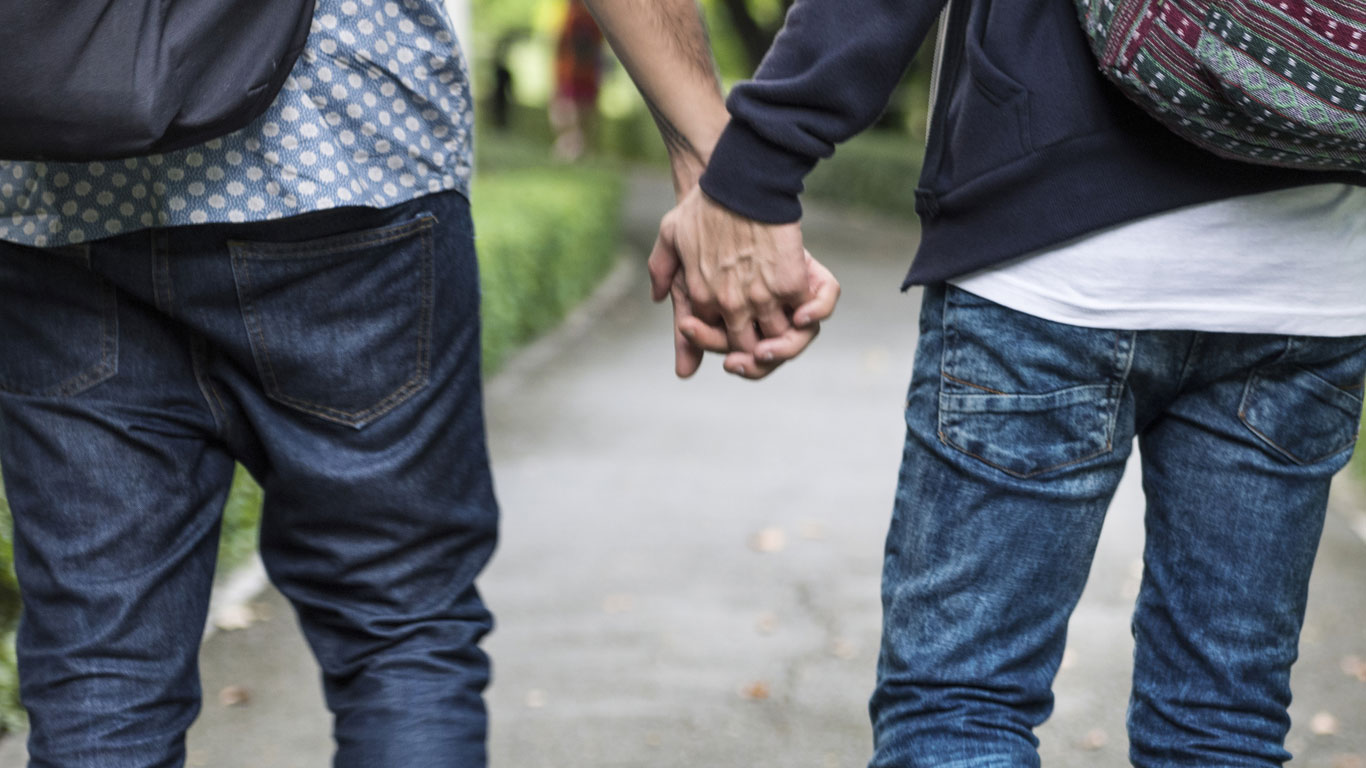
As for rural areas, about 1 in 10 bisexual (10.6%) and gay and lesbian (10.1%) people live in such areas, compared with slightly under 1 in 5 (17.7%) heterosexual individuals.
A similar proportion of heterosexual men (17.8%) and women (17.6%) lived in rural communities, as was the case for bisexual men (11.0%) and women (10.3%). However, gay men were less likely to live in rural areas (8.8%) than gay or lesbian women were (12.2%).
Similarly, the majority of transgender and non-binary people in Canada are also urban dwellers.
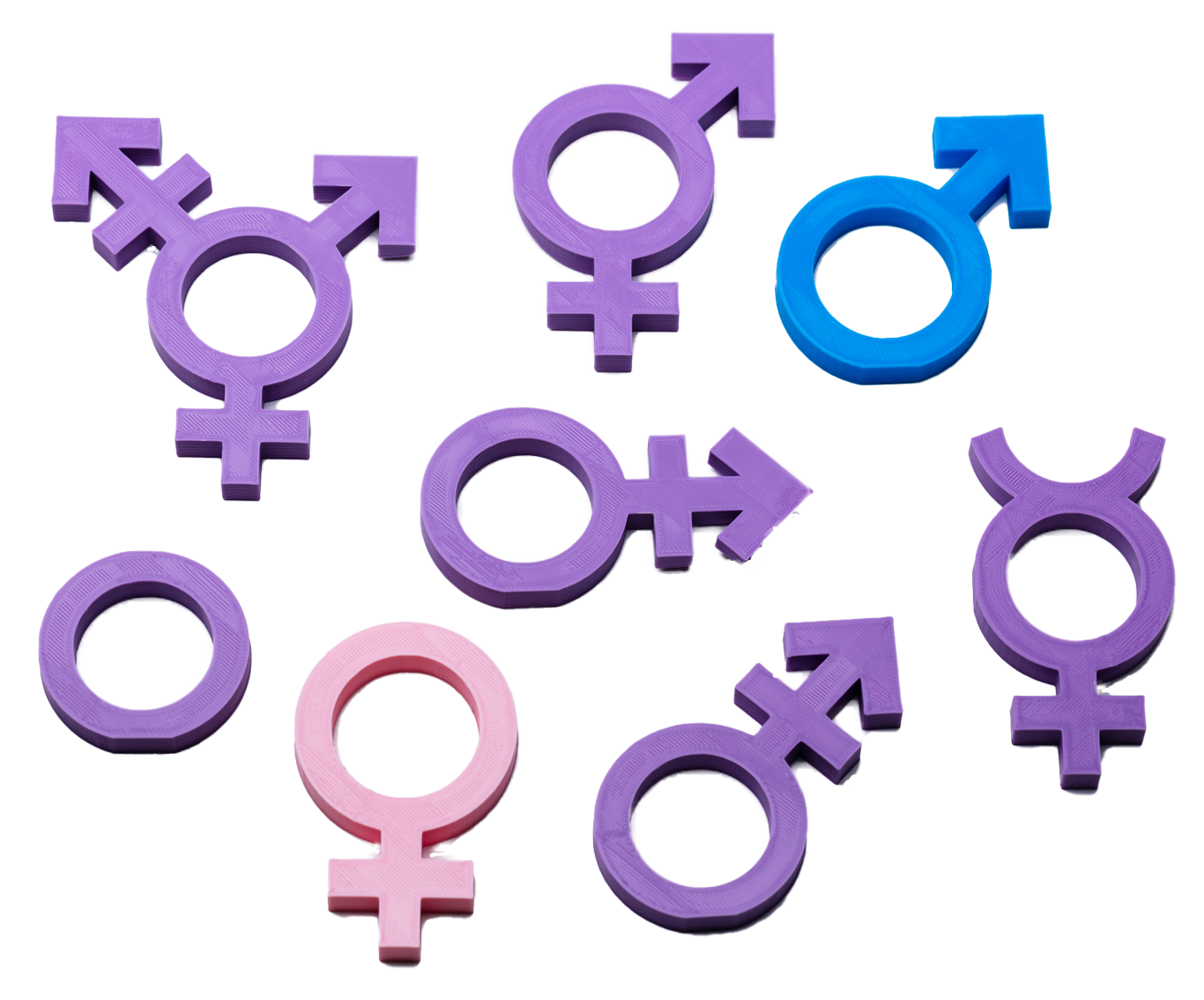
In 2021, more than 9 in 10 non-binary people aged 15 and older in Canada (92.5%) lived in an urban centre. This proportion was higher than for the Canadian population as a whole (84.1%).
For the majority of non-binary people in Canada aged 15 and older (52.7%), urban living meant residing in one of Canada's six largest urban centres: Toronto (15.3%), Montréal (11.0%), Vancouver (10.8%), Ottawa–Gatineau (5.6%), Edmonton (5.4%) and Calgary (4.5%).
Nearly 1 in 6 non-binary people aged 15 and older in Canada (15.5%) were living in the downtown of one of the country’s 41 CMAs, and 7.3% lived downtown in one of the six largest CMAs. The proportion of non-binary individuals living in the downtown of a CMA was over twice that of transgender (7.0%) and cisgender (4.7%) individuals.
Approximately 1 in 200 people in Canada aged 15 and older living in a CMA downtown were non-binary (0.45%). Comparatively, 1 in 350 people were transgender men (0.13%) or transgender women (0.16%).
Fredericton (1.8%), Nanaimo (1.5%) and Halifax (1.5%) had the largest proportions of transgender and non-binary people aged 15 and older living downtown. From the east coast to the west coast, Pride parades and events will fill the streets of these urban centres with colour.


2021 Census
A portrait of the transgender and non-binary populations was published on April 27, 2022, with the initial release of 2021 Census data on sex at birth and gender. Canada is the first country to collect and publish data on gender diversity from a national census. Additional analysis of various sociodemographic and socioeconomic characteristics of the transgender and non-binary populations will be forthcoming once all census data are released.
The 2021 Census release on families, households and marital status, which will be published on July 13, 2022, will include statistics and analysis on couples. In particular, there will be analysis of same-gender and different-gender couples, as well as couples composed of at least one transgender person or at least one non-binary person.
GDIS Hub
The Gender, Diversity and Inclusion Statistics (GDIS) Hub, first launched in 2018, brings together Statistics Canada data related to gender, diversity and inclusion in Canada, as well as information on gender statistics in the international context. The hub enables users to more easily find disaggregated and intersectional data, analytical products and insights.
LGBTQ2 Secretariat
This Pride Season is an opportunity to take part in celebrations and activities in your region, and to honour the contributions of LGBTQ2+ people in all aspects of Canadian society. Visit the LGBTQ2 Secretariat to learn more about Pride Season and Pride events happening across Canada.

Contact Information
For more information, contact the Statistical Information Service (toll-free 1-800-263-1136; 514-283-8300; infostats@statcan.gc.ca) or Media Relations (statcan.mediahotline-ligneinfomedias.statcan@statcan.gc.ca).
